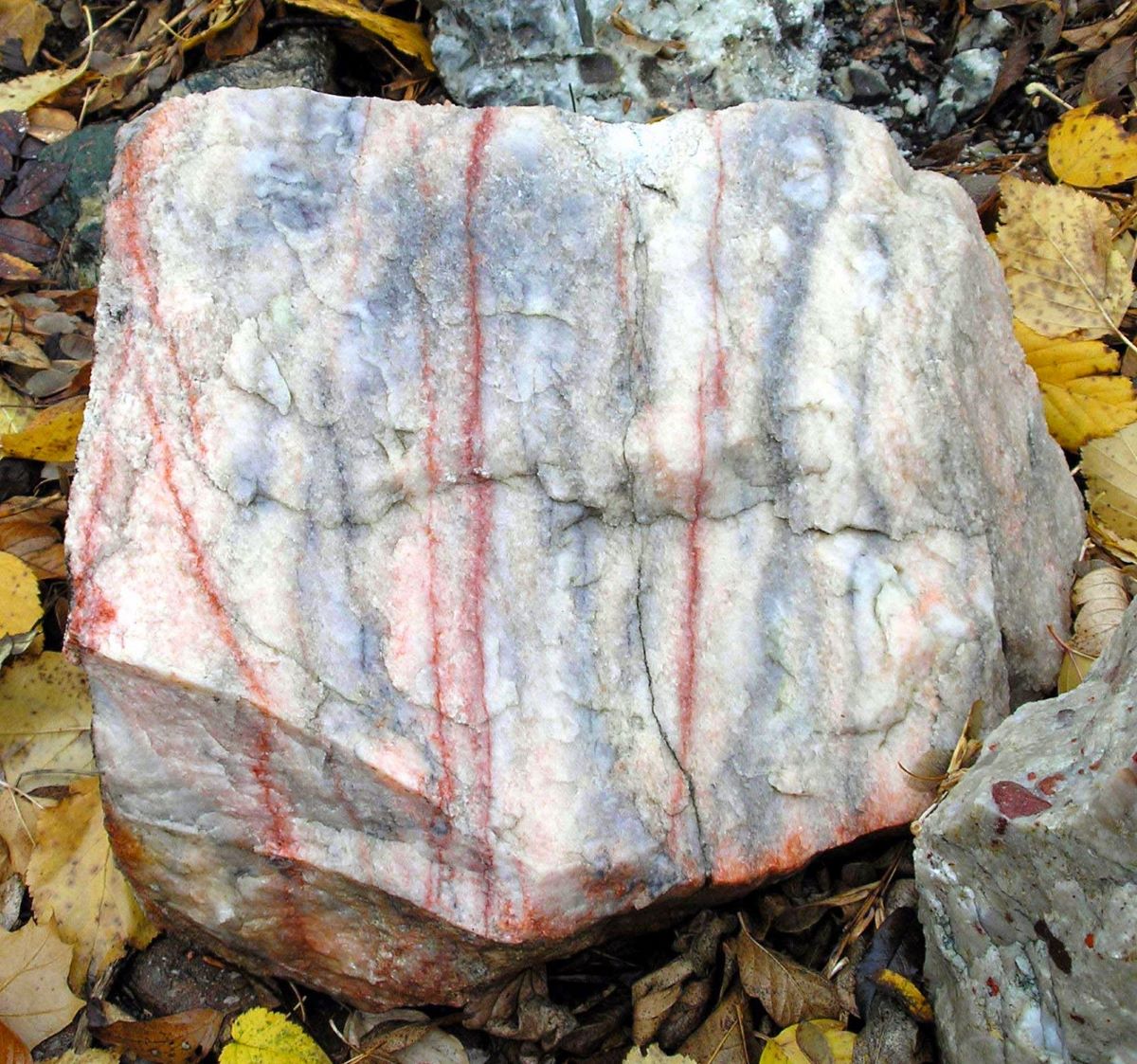
Marble, with its timeless elegance and enduring allure, has been revered for centuries as a symbol of luxury and refinement. This metamorphic rock, formed from limestone under intense heat and pressure, possesses unique characteristics that have captivated artists, architects, and geologists alike. In this article, we'll delve into 18 fascinating facts about marble rock, shedding light on its geological origins, remarkable properties, and diverse applications. From the illustrious quarries of Carrara to the intricate veining patterns that grace its surface, marble continues to leave an indelible mark on the world of art, design, and natural history. Join us on a journey through the captivating realm of marble, where ancient craftsmanship and modern innovation converge to celebrate the enduring beauty of this extraordinary rock.
Key Takeaways:
- Marble, a stunning rock formed from limestone, has been cherished by artists and architects for centuries due to its timeless elegance and diverse color palette.
- From the Taj Mahal to the Statue of Liberty, marble’s enduring allure and rich history make it a symbol of luxury and sophistication in design and architecture.
Marble is formed from limestone.
Marble originates from limestone that undergoes a process called metamorphism, resulting in a crystalline structure and unique veining patterns.
It is renowned for its use in sculpting and architecture.
Marble has been a favored medium for sculptors and architects throughout history, adorning iconic structures and timeless works of art.
The Taj Mahal is a famous example of marble architecture.
This architectural masterpiece in India is renowned for its intricate marble inlay work, showcasing the stone's enduring allure.
Marble is available in an array of colors.
From classic white to vibrant hues such as green and pink, marble offers a diverse palette to suit various design preferences.
The ancient Greeks and Romans revered marble.
Marble held a revered status in ancient civilizations, symbolizing luxury, refinement, and artistic expression.
Michelangelo's David was sculpted from marble.
The iconic statue, crafted from a single block of Carrara marble, exemplifies the breathtaking artistry achievable with this stone.
Marble is a metamorphic rock.
Through the process of metamorphism, limestone undergoes profound changes, resulting in the formation of marble.
The metamorphic process involves heat and pressure.
Under intense heat and pressure, limestone undergoes a transformation, leading to the development of marble's distinct characteristics.
Marble is commonly used in countertops and flooring.
Its durability and timeless elegance make marble a popular choice for countertops, flooring, and other interior applications.
Carrara marble is renowned for its quality.
Hailing from the quarries of Carrara, Italy, this high-quality marble has been favored by sculptors and architects for centuries.
Marble is susceptible to etching and staining.
While prized for its beauty, marble requires proper care to prevent etching and staining, enhancing its longevity and allure.
The Lincoln Memorial features marble from Colorado.
The majestic monument in Washington, D.C., showcases Yule marble from Colorado, adding to the stone's rich legacy in architecture.
Marble is quarried in various regions worldwide.
From Italy and Greece to Spain and Turkey, marble is quarried in diverse regions, each offering unique variations in color and veining.
The Parthenon in Athens features marble columns.
This ancient Greek temple is adorned with majestic marble columns, illustrating the enduring allure and structural integrity of the stone.
Marble has a timeless appeal.
With its timeless elegance and enduring allure, marble continues to captivate designers, artists, and enthusiasts worldwide.
Marble has been used in religious art and architecture.
From intricate altars to magnificent cathedrals, marble has played a prominent role in religious art and architecture throughout history.
The Statue of Liberty features marble in its pedestal.
The iconic symbol of freedom incorporates marble in its pedestal, showcasing the stone's enduring presence in monumental structures.
Marble is a symbol of luxury and sophistication.
Renowned for its opulent beauty and versatility, marble remains a symbol of luxury and sophistication in design and architecture.
Marble, with its timeless elegance and rich history, continues to inspire and captivate admirers worldwide. From ancient wonders to modern marvels, the enduring allure of marble endures, shaping the world's architectural and artistic landscapes with its unparalleled beauty and versatility.
Conclusion
In conclusion, marble rock is a fascinating and versatile natural material that has been prized for its beauty and utility for centuries. Its unique formation process, stunning variety of colors and patterns, and wide range of applications make it a valuable resource in construction, sculpture, and interior design. Understanding the geological origins and properties of marble rock enhances our appreciation of this timeless stone and its enduring appeal in the modern world. Whether it's adorning iconic landmarks or adding elegance to interior spaces, marble rock continues to captivate and inspire with its timeless allure.
FAQs
What are the different types of marble rock?Marble rock comes in various types, including Carrara, Calacatta, Emperador, and Crema Marfil, each distinguished by its unique color, veining, and geological characteristics.
How is marble rock formed?Marble rock forms from the metamorphism of limestone, a process involving intense heat and pressure that causes the recrystallization of the original mineral grains into a new structure, resulting in the characteristic beauty and durability of marble.
Was this page helpful?
Our commitment to delivering trustworthy and engaging content is at the heart of what we do. Each fact on our site is contributed by real users like you, bringing a wealth of diverse insights and information. To ensure the highest standards of accuracy and reliability, our dedicated editors meticulously review each submission. This process guarantees that the facts we share are not only fascinating but also credible. Trust in our commitment to quality and authenticity as you explore and learn with us.
